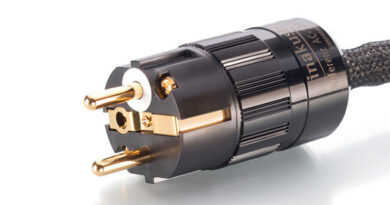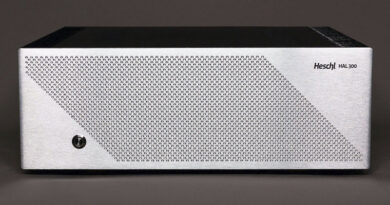Sony is preparing to debut a new headphones WH-1000XM5
The Sony WH-1000XM4 headphones, introduced in 2020, are still one of the best deals in their segment. The advanced noise reduction system of the M4 has been appreciated by thousands of people around the world. But Sony is not sitting idle and is preparing a successor to these headphones. The German site TechnikNews writes details about the upcoming new product.
According to preliminary data, the new model will be called Sony WH-1000XM5 and has a new more “flat” design. Images with the exterior of the new model appeared on the network. Please note that these are still unofficial images.

The images show a thinner headband and an all-new speaker bowls. If the 1000XM3 and 1000XM4 were almost identical in appearance, then the M5 will differ in literally all design elements and construction.
Instead of a pivot element, the two-point housing will have one headband-to-body contact. It probably housed a large folding hinge. It is expected that the new design will allow the Japanese to reduce the weight of the headphones, while maintaining the strength and durability of the model.

There is also an image of a portable case for new headphones. Apparently, the M5 model will not fold like the M4 when one bowl goes into another. But it doesn’t look like the headphones will take up much more space in your bag or on your desktop.

As for the characteristics, they promise that the Sony WH-1000XM5 will work up to 40 hours on a single charge with an active noise reduction system. This is 10 hours more than the current model. True, the novelty will be charged a little longer than its predecessor – 3.5 hours (half an hour longer). For charging, the already familiar USB-C connector will be used.
Active Noise Cancellation (ANC) will use two processors instead of one. What this means for the consumer is still unclear. As before, Sony wireless headphones will be equipped with three microphones that will pick up your voice and track external noise for their subsequent suppression. At the same time, the location of the microphones was revised.




